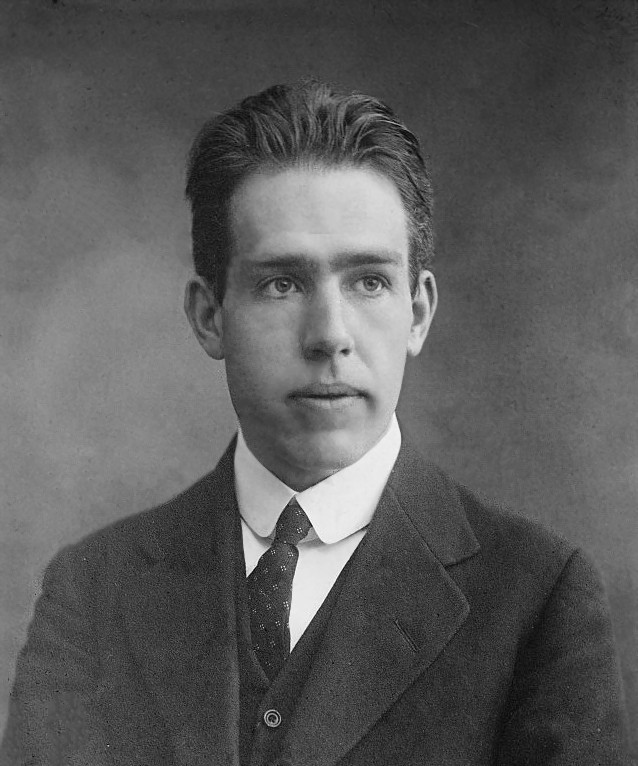On January 26, 1939, during the Fifth Washington Conference on Theoretical Physics at the George Washington University, Nobel Laureate Niels Bohr publicly announced the splitting of the uranium atom. The resulting “fission,” with its release of two hundred million electron volts of energy, heralded the beginning of the atomic age.
The conference, which was organized by George Washington University Professors George Gamow and Edward Teller and jointly sponsored by the Carnegie Institute for Science and GWU, was supposed to be centered on the subject of low-temperature physics and superconductivity, but the importance of such a revolutionary event could not be ignored.
The announcement came just weeks after Otto Hahn and Fritz Strassmann, two of Bohr’s colleagues at Copenhagen, reported that they had discovered the element barium after bombarding uranium with neutrons. After receiving the news in a letter, physicist Lise Meitner and her nephew, Otto Frisch, correctly interpreted the results as evidence of nuclear fission. Frisch confirmed this experimentally on January 13, 1939.
John Wheeler, a theoretical physicist at Princeton who completed a fellowship with Bohr in Copenhagen, remembered Bohr’s excitement when he arrived in the United States on January 16. “Frisch and Meitner had not wanted to tell Bohr until he got on the boat because they knew that he would be unable to keep the secret,” recalled Wheeler. “All this pent up thought of his from the trip on the boat was discharged on me when I was there at the pier to meet him in New York.”
Bohr, eager to share the news with fellow physicist Enrico Fermi, immediately made his way to Columbia University. But when Bohr arrived at Fermi’s office, the Italian was not there. Instead he encountered a young graduate student named Herbert Anderson. “He was quite excited and he told me everything,” recalled Anderson. “Fermi had just arrived [in the United States]. He had no laboratory and no equipment. I proposed that since I had all of the equipment and I had built the cyclotron, that we should work together. Fermi thought that was a very nice idea.”
A few days later, Bohr, still excited, accompanied Wheeler on his return to Princeton to come up with a name for the discovery. “There was this point of getting a name for the process so we rushed up to the library and I can remember Bohr going two steps at a time to see in the dictionary what could be found as a better word than fission,” remembered Wheeler. “Fission had been suggested by Frisch and Meitner and was our lead up to “scission” and we looked at “spylation” and so on. But we concluded that fission had to be accepted even though it is a very unhappy word—there is no good verb associated with it.”
The following week, Bohr arrived in Washington, D.C. to deliver the news to his colleagues. But the discussion that followed his announcement was remarkably subdued. After a few minutes of general comments, Teller recalled his neighbor whispering in his ear, “Perhaps we should not discuss this.” It did not take long before physicists realized that the fission of uranium could be used to create a nuclear chain reaction and weapons of mass destruction.





